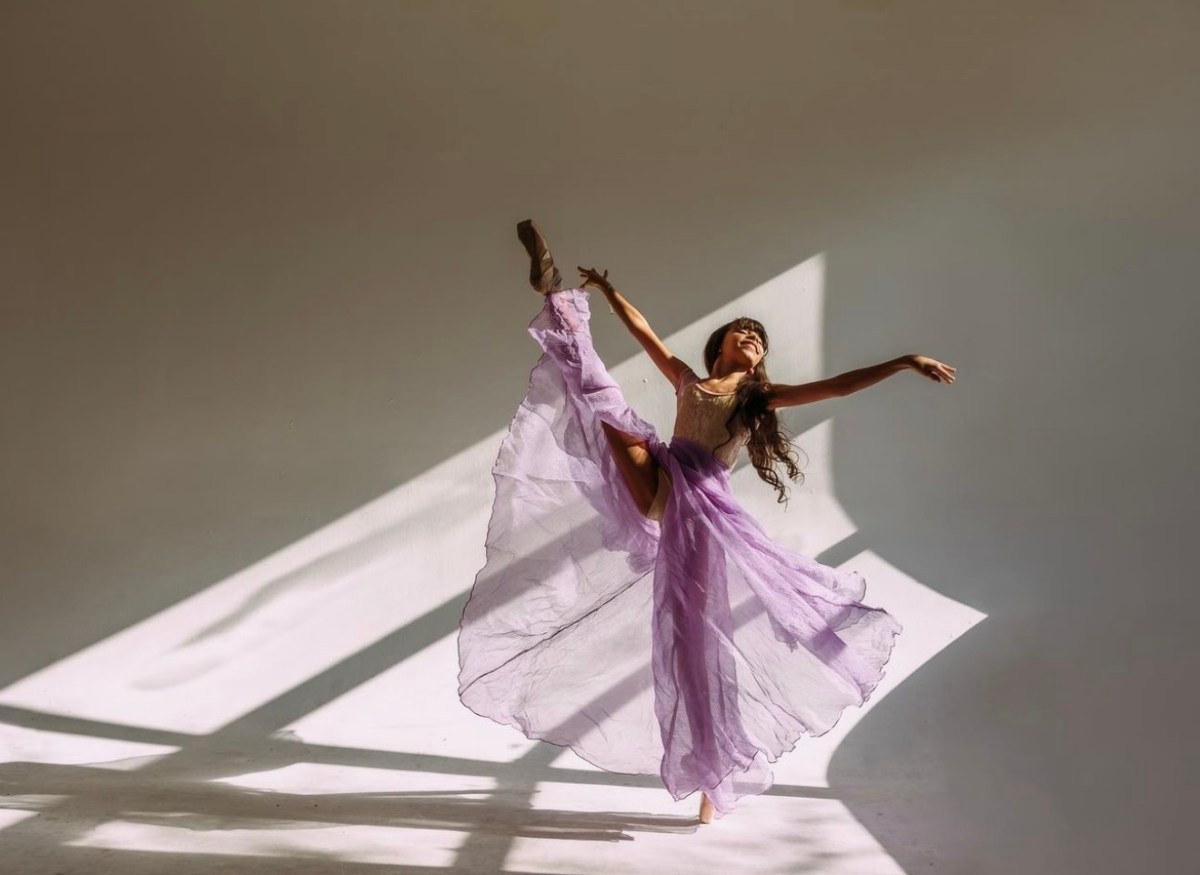
BY SCOTT STIFFLER | Whether under glass or just out of reach, you’ll long for their touch — but where would you go, really, if you had access to these sleek, elegantly crafted, extraordinarily detailed garments that transform a well-proportioned body into a walking work of art?
FIT exhibit puts extravagant elegance in its proper context
The red carpet comes to mind. It’s just too bad that Oscar’s recent fashion victims didn’t draw from the lavish collection currently on display at The Museum at FIT. They’d have avoided the wrath of Joan Rivers, while reminding us that escapist design can be about much more than wearing a dress made of meat or resembling a swan.

Set in the era between the stock market crash of 1929 and the outbreak of war in Europe in 1939, “Elegance in an Age of Crisis: Fashions of the 1930s” dazzles with its millinery, footwear, swim suits, Hollywood glamour, evening wear and at-home ensembles.
It’s also a top-notch history lesson that ties 1930s fashion into everything from Art Deco architecture to the emergence of a 40-hour work week to the legacy of the previous decade’s rising hemlines. Displayed in two dimly lit rooms “designed to evoke the restrained style of the era,” most of the clothing on display looks showroom new — but the eight shoes worn by Hollywood hoofer Fred Astaire, with their split leather and scuff marks, give the exhibit time capsule cred to burn.
Other sources of context abound. “The 1930s was a time of grand transformations,” one placard tells us, “when fashion truly began to reflect the streamlined art moderne aesthetic.” Elsewhere, the curators acknowledge the “compelling irony that the elegant and progressive qualities of 1930s fashions emerged during one of the most tumultuous periods of modern western history. Yet despite these crises — or maybe in reaction to them — culture during the Great Depression was not only elegant, but also buoyant, effervescent and escapist.”
FASHION | ELEGANCE IN AN AGE OF CRISIS: FASHIONS OF THE 1930s
Free
Through April 19
At The Museum at FIT
Seventh Ave. at 27th St., southwest corner
Hours: Tues.-Fri., 12-8pm, Sat., 10am-5pm
For info, visit fitnyc.edu/museum
Twitter: @MuseumatFIT
































